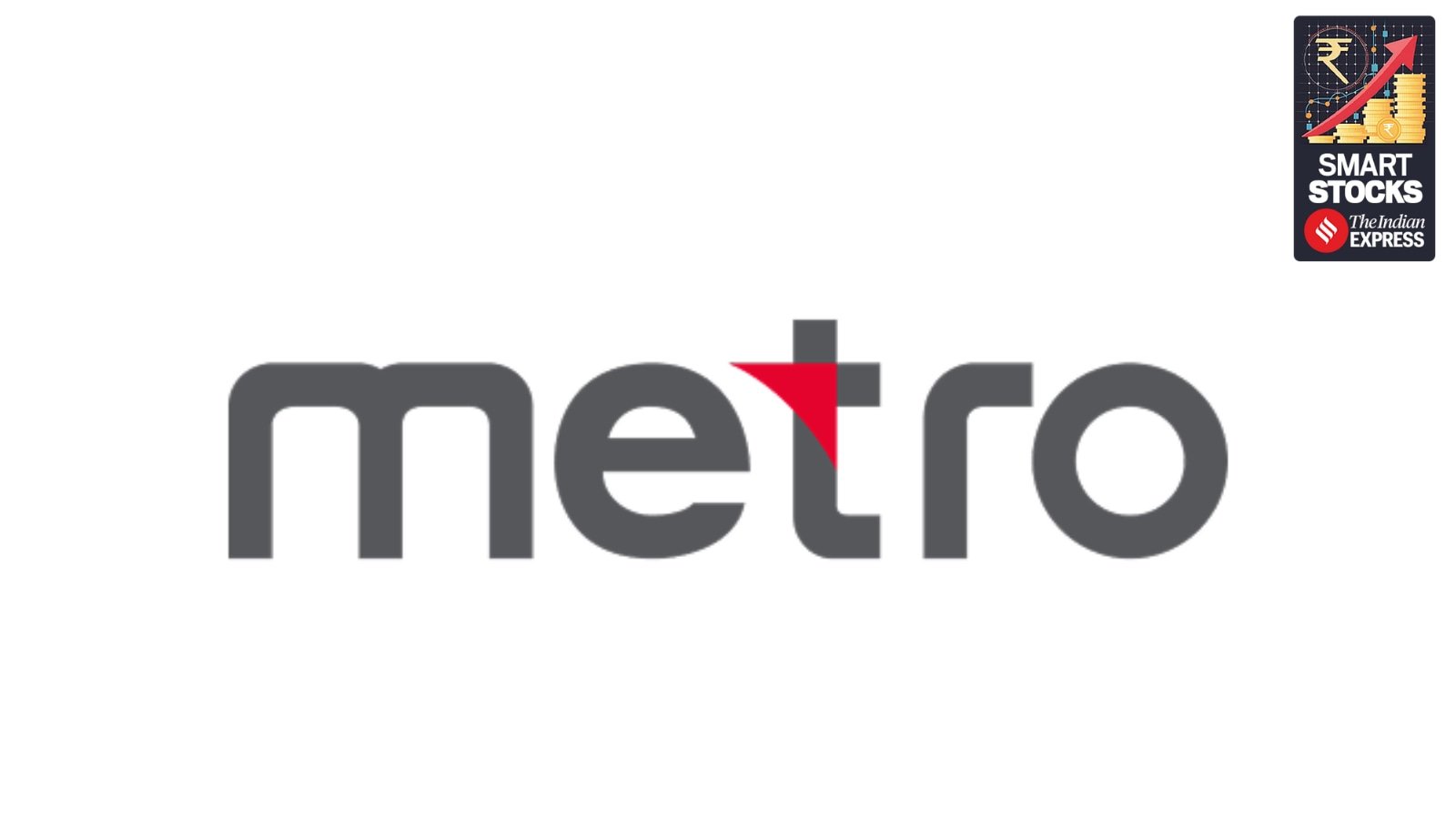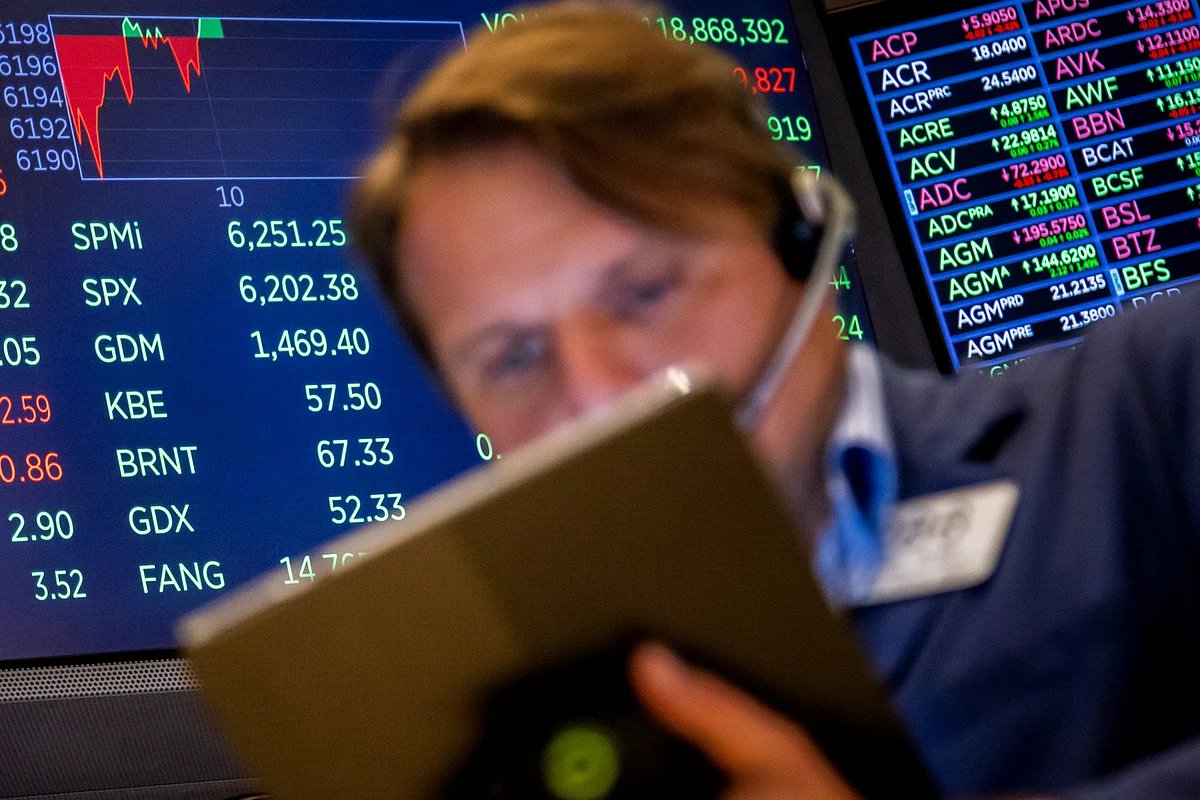In the stock market, a chart can tell the journey of a business over time. Metro Brands’ five-year price graph is one such story.
The company was listed in late 2021 with shares trading at around Rs 450. After a period of steady movement, the price began to rise and crossed Rs 1,300 in early 2024, rewarding long-term investors. The past year has seen periods of decline and recovery, with the price now in the range of Rs 1,150-1,200.
This journey reflects a business that has been expanding with purpose.
Metro Brands has grown from a well-known high-street shoe retailer into a 928-store network. It now operates in 206 cities and sells brands such as Metro, Mochi, Crocs, and Clarks. The company has maintained gross margins near 60 percent while introducing new brands, adding store formats, and widening its reach into smaller cities and towns.
The focus now is on whether this combination of scale, brand strength, and operational discipline can continue to deliver growth in the years ahead.
 Figure 1: Stock Price Movement of Metro Brand Ltd. Source: Screener.in
Figure 1: Stock Price Movement of Metro Brand Ltd. Source: Screener.in
Making sense of the business, brands, moat, and dependencies
Metro Brands runs a house of banners across price points and occasions. Own brands include Metro, Mochi, Walkway, Davinchi, J Fontini, and others. Global labels include Crocs, Clarks, FitFlop, and Fila.
Story continues below this ad
In Q1 FY26, own brands formed about 72 percent of store product sales at multi-brand outlets. Third-party brands formed about 28 percent. The stores are placed mostly on high streets and in malls.
High streets form 55 percent of the fleet, malls 44 percent, and airports 1 percent. Women’s, men’s, and unisex categories together form the bulk of sales, with women’s at 40 percent of the mix in Q1.
 Figure 2: Revenue Split and Average Realization. Source: Company’s Q1FY26 Report
Figure 2: Revenue Split and Average Realization. Source: Company’s Q1FY26 Report
Price positioning is mid to premium. The company reports that 56 percent of store sales in Q1 came from products priced above Rs 3,000. Only 11 percent sat between Rs 501 and Rs 1,500, and 6 percent at Rs 500 or lower. Average realisation continues to tick up.
Two data points frame the ticket size and the premium tilt. First, the average selling price (ASP) for footwear at own stores is about Rs 2,700, with 3 to 4 percent year-on-year growth. Second, Clarks sits higher, with management indicating Rs 3,500-4,000 as the ASP.
Where the margin comes from
Story continues below this ad
Metro’s Q1 FY26 gross margin printed about 59.3 percent on the presentation charts, and management described the quarter as “almost 60 percent.” The mix of own brands and favourable partner terms helps. Under many third-party agreements, the company pays only when the product is sold, and in some cases, can return ageing inventory.
These clauses reduce inventory risk and support steady margin delivery.
Table: How mix and channels support margin
Store model and unit economics
Metro follows a company-owned and company-operated model. This helps keep control over assortment, service, and inventory flow. The network is balanced across regions, with the West and South together forming about two-thirds of the base.
Story continues below this ad
The company has doubled its store count over seven years and uses a structured site selection process for high streets and malls.
Return on capital at the store level is a key part of the moat. Management guided that Metro and Mochi stores deliver upward of 40 to 45 percent ROCE at the store level.
The Walkway value format is being scaled with a long-term target of about 30 percent ROCE per store. Walkway is profitable on a standalone basis, but because its sales per square foot are lower than Metro’s and Mochi’s, the mix can dilute averages while expanding the addressable market.
Moat: why the model is hard to copy
Breadth of brands and occasions: The portfolio lets a family buy wedding heels, office formals, travel sandals, and monsoon clogs in the same network. That range is visible across own labels and global partners in the presentation.
Story continues below this ad
Scale with vendor leverage and data: The company works with 250-plus vendors, uses a pull-based replenishment model, and applies machine learning to predict demand and reduce stock-outs. That combination lowers stale stock and helps sustain gross margin.
Outsourced manufacturing with capital-light terms: Metro does not own factories. It outsources production and, in several partner contracts, pays on sale and can return ageing inventory. This keeps working capital lean and supports faster roll-outs.
Multi-format growth engines: The network includes premium labels like Clarks and youth formats like Foot Locker, alongside value-focused Walkway. Management has begun opening Foot Locker stores again as import supply normalises, and is adding Walkway stores after a repositioning.
Dependencies and what to watch
Seasonality and festival timing: Q1 FY26 had a higher number of wedding dates that supported demand, but the early arrival of Eid in March and early monsoons shifted or dampened parts of the quarter. Management expects some spillover into Q2. This is a normal cycle for footwear.
Story continues below this ad
Regulation and imports: BIS quality norms for footwear disrupted imports last year. Metro paused some Foot Locker and FitFlop openings while supply stabilised, and has since restarted. The final notification allows liquidation of legacy stock till 31 July 2026. This reduces immediate clearance pressure, but sourcing agility remains a watch item.
Partner execution: The success of global labels depends on how well Metro and the brand owner align on product and distribution. Management highlighted long experience selling Clarks through Metro and Mochi and plans to capitalise on that knowledge as the exclusive India partner.
Mix shift trade-offs: Raising the share of Walkway expands reach and volume in the under-Rs 1,500 market but can dilute averages and sales per square foot. Management’s stated objective is to drive top-line growth without weakening the margin profile or return ratios.
Digital channel scaling: E-commerce and omnichannel contributed about 14 percent of Q1 revenue on a standalone basis, and the online business grew about 45 percent year-on-year. This is a useful cushion in weak footfall weeks and a lever for future mix.
Story continues below this ad
Margin stability near 60 percent rests on three pillars that reinforce each other. Own-brand dominance and premium skew raise unit economics. Vendor terms and data-driven replenishment protect working capital and markdown risk.
A broad brand ladder lets the company chase new users with Walkway while keeping premium customers in Metro, Mochi, Crocs, and Clarks. The risks to track are seasonality, regulation-linked sourcing, and how fast value formats scale without diluting the return profile.
Outlook, management guidance, and valuation
In the Q1 FY26 call, Metro’s leadership reiterated its long-term revenue CAGR target of about 15-18 percent. This is not pegged to a single format but is expected from each banner over time. The three main growth levers remain the same-store sales growth, new store expansion, and new banners. Management pointed out that Metro (350 stores) and Mochi (265 stores) still have “huge room for growth” within their existing formats.
Store addition pace is not being set to meet an arbitrary count. The company is prioritising deals that make financial sense, particularly in a rental environment that has cooled from earlier spikes. However, the current run-rate of 80-100 net new stores annually remains achievable if opportunities are available.
Story continues below this ad
Seasonality will continue to influence quarterly numbers. A higher number of wedding dates supported Q1, while early Eid and monsoon shifted some demand. Management expects part of this to benefit Q2. For newer banners like Walkway, the repositioning phase is over, and expansion has resumed.
Foot Locker openings are back on track as supply chain constraints from BIS regulations ease, with more stores planned before the festive season. Fila is targeted to reach breakeven sometime next year after losses have been reduced by about 40 percent in FY25.
How the company sees its margin profile
Metro aims to maintain earnings before interest, tax, depreciation, and amortization (EBITDA) margins around 30 percent and PAT margins in the mid-teens even while scaling. The gross margin is guided to remain in the high fifties.
The ability to hold this margin profile while adding lower-ticket formats like Walkway is tied to controlling store-level ROCE. Metro and Mochi stores currently deliver upwards of 40-45 percent ROCE; the long-term target for Walkway is about 30 percent. Management has indicated that any mix change will be managed to protect overall profitability and returns.
Valuation snapshot
At the current market price, in the Rs 1,150-1,200 range, Metro Brands trades near the upper end of its post-listing band. Based on trailing earnings, this implies a price-to-earnings multiple in the 90 times range, which is a significant premium to most listed footwear and apparel peers. On a price-to-sales basis, the company also commands a high multiple, reflecting its asset-light model and high-margin profile.
The market is effectively pricing in sustained mid-teen earnings growth for several years. The management’s confidence in delivering this stems from the store roll-out plan, strong same-store sales history, and operational discipline. However, at these valuations, investor expectations leave little room for execution misses. Any signs of margin pressure, slower store breakeven, or weaker festive season could lead to a sharper re-rating.
Table: Quick valuation context
Conclusion
Metro Brands has evolved from a single-banner shoe retailer into a diversified platform with multiple growth engines. The mix of own brands and global partners allows it to cover most price points and occasions in the footwear market. Control over store operations, favourable vendor terms, and data-led inventory management form a moat that is not easy to replicate.
The growth runway remains long, with existing banners far from saturation and newer formats like Walkway, Foot Locker, and Clarks adding fresh legs. The management’s track record in expanding without diluting margins or returns adds to the investment case.




